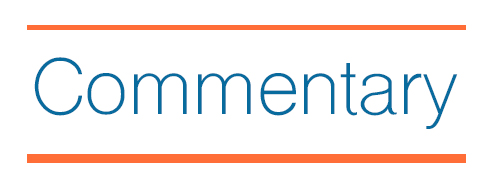Congress continues to negotiate an economic stimulus package to follow the CARES Act, which was enacted in March. However, it remains unclear if lawmakers will be able to strike a final deal that President Donald Trump will sign, though pressure is mounting to take action.

Congressional leaders hope to graft a Covid relief bill onto a fiscal year 2021 omnibus appropriations bill to fund normal government operations for the rest of the fiscal year. Congress gave itself another week, until December 18, to finalize an agreement on both items.
The current leading contender to be the basis of final legislation is a $908 billion package being negotiated by a bipartisan group of lawmakers. Congressional Democratic leadership has backed the group’s efforts, but Senate Majority Leader Mitch McConnell (R-Kentucky), who favors a narrower package, has not. To complicate matters further, earlier this week the White House put forward its own $916 billion proposal.
A few details
The bipartisan group, primarily based in the Senate, hoped to release its bill text by Wednesday, but had not yet done so by Thursday afternoon. They did release some additional details about the bill, but key issues remain unresolved. According to reports, the primary sticking point is liability protection for businesses, schools and other organizations.
The bipartisan bill includes $82 billion for education providers, inclusive of K-12 schools and higher education. Earlier legislation had dedicated more money to education. The House-passed “HEROES 2.0” bill included $225 billion and the Senate majority’s “HEALS” legislation provided $105 billion for education. While the group’s bill dedicates less funding to education than those other efforts, it would still provide more than the CARES Act.
No official details have been released as to how the bipartisan bill would allocate the $82 billion between K-12 and higher education, but Senate staff indicate that colleges and universities would receive approximately $20 billion of that amount. By way of comparison, the CARES Act earmarked just under $14 billion for higher education.
Familiar plan for distribution
There are also few details as to how the higher education funds would be allocated and disbursed, although the details released so far indicate that the funding would flow in a manner similar to the CARES Act, with pots of money for K-12, higher education and governors. Money would also be earmarked for HEA Title III and V institutions, as in the CARES Act.
Conversations with Senate staff reveal that the CARES Act requirement that the higher education formula money be divided between institutional funds and grants for students will be retained. The bill is expected to include broader “use of funds” language, but details on that issue are murky. The bill would also extend student loan repayment relief until the end of next April.
Outside of education funding, the bill would provide $160 billion to state and local governments, considerably less than previous Democratic proposals but still a concept unpopular with many Republicans. The bill would also continue many other supports originated in the CARES Act, including a new round of loans for small businesses and federal unemployment insurance benefits (though at a lower amount than in CARES).





